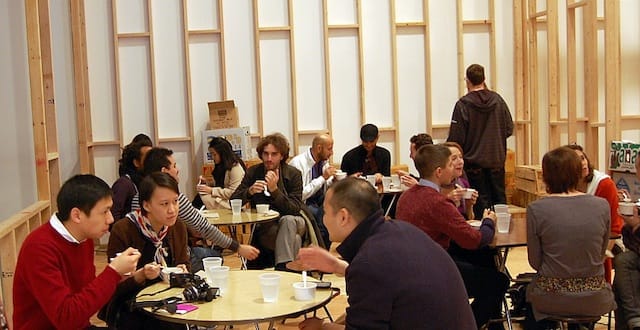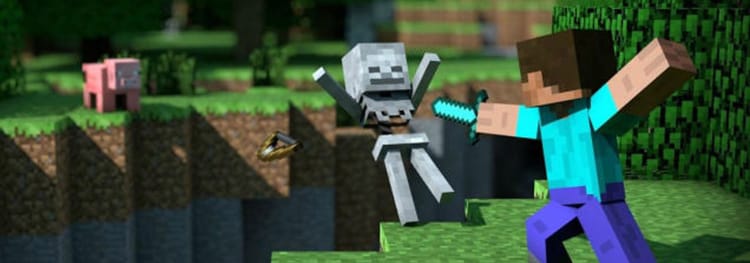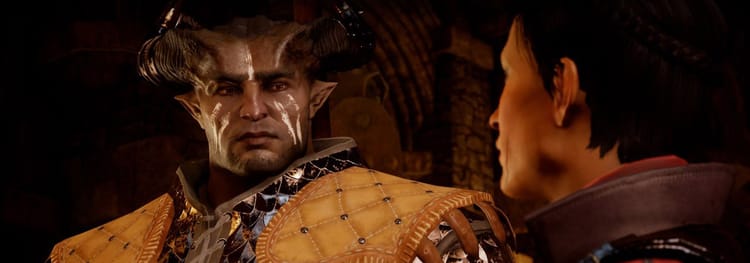Why Food Isn’t the Point

In 1992 at the 303 Gallery in Soho, Thai (via Buenos Aires) artist Rikrit Tiravanija served up full bowls of Thai curry made from his mother’s original recipe to anyone who came to the alternative art space. That piece, Untitled 1992 (Free), became Tiravanija’s hallmark, and one of the first works of art identified by curator and art theorist Nicolas Bourriaud’s term “relational aesthetics,” a buzzword of contemporary art that has come to signify any piece in which the social experience (in this case, the sharing of a meal) engineered by the artist is the artwork, rather than any discrete object or canvas. Tiravanija’s piece is so iconic that the Museum of Modern Art recently acquired it as a performance and reinstalled it in its contemporary art galleries. If you go to MoMA’s second floor, you might catch a wafting scent of green curry. If you follow that trail, you’ll come to an enclosure where small dishes are served up to museum visitors who sit with their edible artworks at small round tables that wouldn’t be out of place on a Bangkok street.
It occurs to me that with the single act that made his career, Tiravanija turned cooking into an artistic game, breaking the experience into its component parts and reassembling those elements into something new. The artist is still performing a real, physical service in preparing a meal, but the food itself is not the endpoint. His game is to underline the social aspect and the fundamental transaction of cooking: the actual dinner is secondary to his preparation of the meal for you, and the staged context that you enjoy it in—in this case the unlikely background of an art museum.
Cooking has been gamified in a variety of ways both abstract, as in Tiravanija’s case, and more literal, as in the case of Cooking Mama, a blockbuster 2006 cooking simulation for the Nintendo DS that turned players into slicing, dicing, and boiling machines under the step-by-step direction of Mama. The payoff in Cooking Mama isn’t the food, either. There’s a satisfaction in the rhythmic nature of the different tasks that have to be performed, and there’s always the goal of pleasing Mama and besting your previous score. But there’s also the abstract satisfaction of having created something, or the simulation of something, that someone else is going to consume. Like Tiravanija’s curry, the gyoza or omelets that we make in Cooking Mama aren’t composed for ourselves; they’re created for the mystery person on the other side of the theoretical table, whomever we choose to fill that space with.
Another series of games exist not just as entertaining activities meant to occupy our hands and minds, but as educational processes that we undergo to better our own lives and the lives of those we love. What’s Cooking? With Jamie Oliver (also for Nintendo DS) casts the celebrity chef in the role of lifestyle coach, narrating natural recipes for healthy living. Who will you make these recipes for? Probably not Mr. Oliver’s disembodied voice. My Healthy Cooking Coach (DS) was created by Nintendo specifically to serve as a personal nutritionist, using real-life photos and exacting recipes to form an interactive path to health. The game presents food as the means to a better lifestyle.
But there’s also the abstract satisfaction of having created something, or the simulation of something, that someone else is going to consume.
Food videogames often represent the halo of activities that surround the consumption of food, like recipe scouting, shopping, and cooking, without embodying the consumption itself (unless you count Pac-Man as a kind of avant-garde eating game). Ian Bogost’s Atari-based A Slow Year includes a sequence where the only challenge is to drink a mug of coffee at your leisure, before it cools off too much and becomes slightly less pleasant to drink. It’s less about the beverage in your mug than about the singular, meditative experience of sitting down with a cup of coffee, and coffee as a means to the end of aesthetic contemplation. Despite the lack of another person to share the coffee with in A Slow Year, Tiravanija, I think, would be proud.
Photograph via Another Eye Opens



